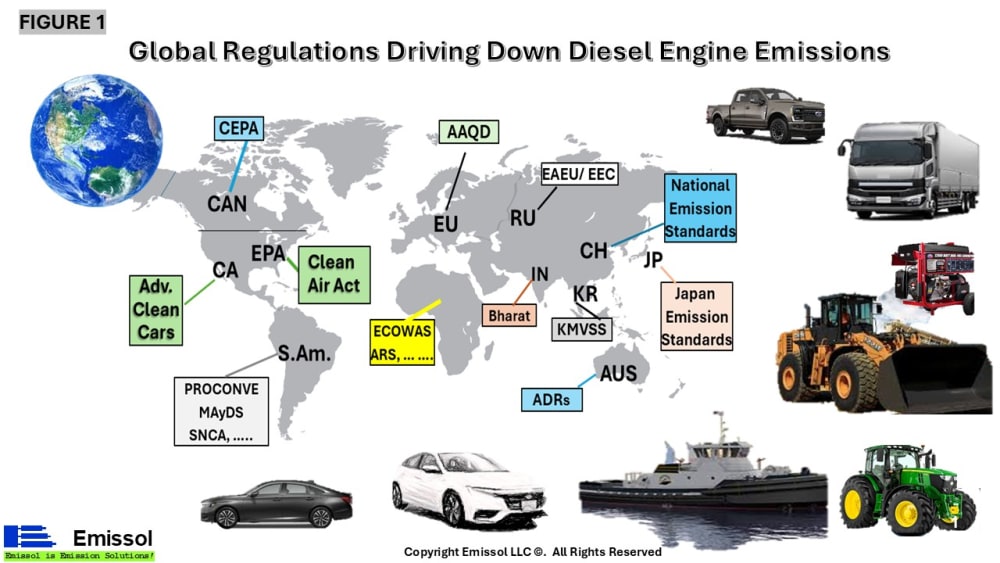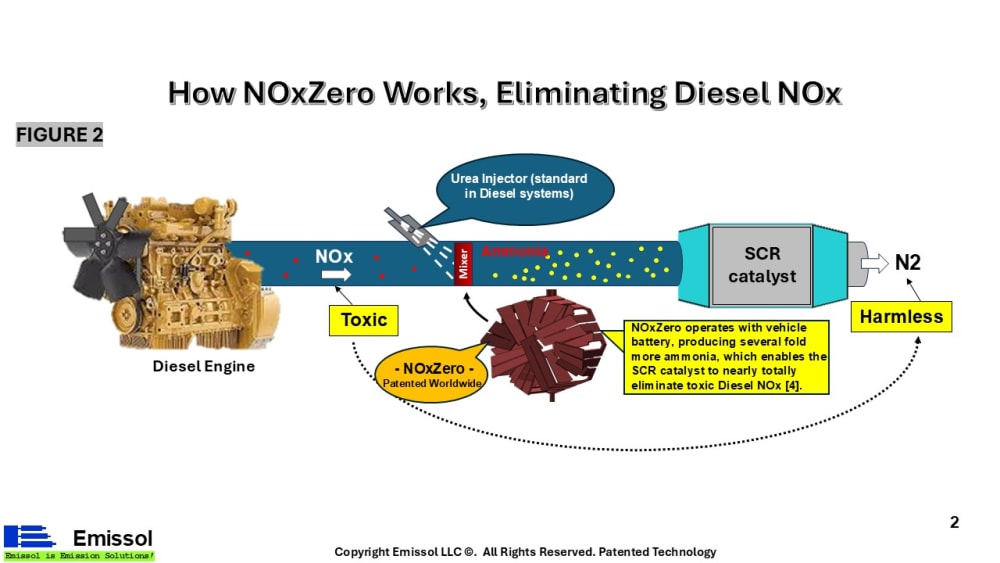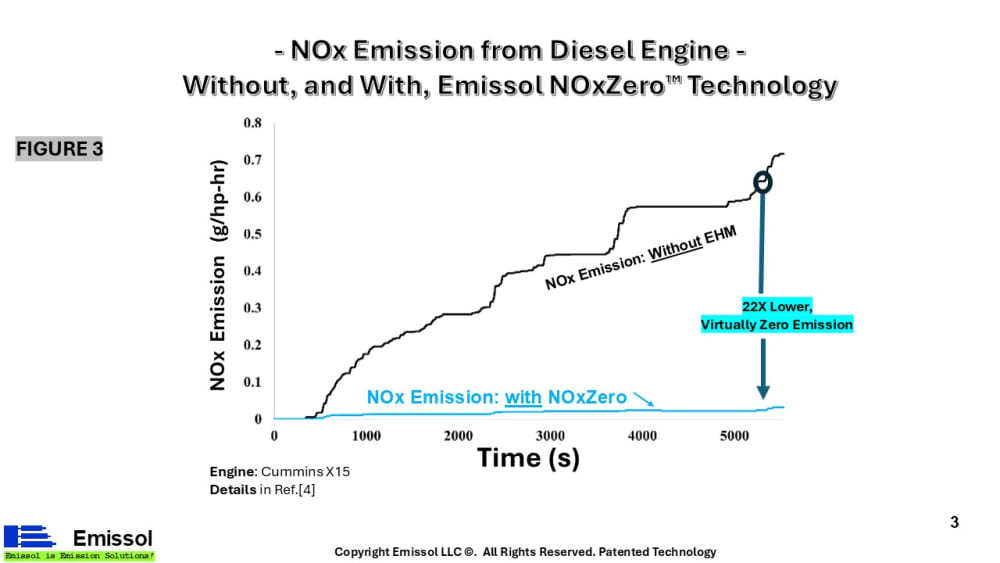There are 110 million diesel engines in use worldwide, with an additional 10 million added each year. They power the majority of medium- and heavy-duty vehicles used in local and long-distance logistics, including trucks, vans, and commercial fleets. Diesel engines are also widely used in agriculture, construction, mining equipment, marine vessels, power generation (e.g., generators), hospital emergency backups, and more. Furthermore, despite shifts in global trends, diesel engines remain popular in passenger vehicles across India and the Middle East, and still make up about a quarter of passenger cars in Europe.
Diesel engines pose significant risks to both human health and the environment. In the U.S., medium- and heavy-duty vehicles make up just 5% of the vehicle fleet but are responsible for 21% of transportation-related emissions 1. According to the U.S. Energy Information Administration, by 2050, only about 37% of vehicles are projected to use electrification or alternative powertrains, while the majority will still rely on low-emission combustion engines 2.
In short, battery electric, hydrogen fuel cell, hydrogen combustion, and hybrid technologies are unlikely to sufficiently replace diesel in key sectors. Barriers such as high costs, range limitations, lack of charging infrastructure, and long charging times continue to hinder widespread adoption.
Meanwhile, stringent global emission regulations -in the US, Europe, China, Japan, South Korea, South America, and elsewhere increasingly target reducing two major pollutants from diesel engines: Particulate matter (soot) and Nitrogen Oxides (NOx).
Most modern diesel engines are now equipped with Diesel Particulate Filters (DPFs) to reduce their soot emission, and with Selective Catalytic Reduction (SCR) systems to control their NOx emissions. While DPFs are highly effective in reducing soot emissions by up to 99.5% [3], lowering NOx emissions remains a significant challenge.
This challenge led our team to spend seven years developing NOxZero™ - a highly efficient, low-cost, and easy-to-install technology that reduces diesel NOx emissions to near-zero levels.
In the standard Diesel system, urea - also known as Diesel Exhaust Fluid (DEF) or AdBlue - is injected into the diesel exhaust stream. As the injected urea contacts the NOxZero™ unit, which is installed in the exhaust line, NOxZero rapidly heats the droplets. This generates several times more ammonia than conventional systems, significantly enhancing NOx reduction in the downstream Selective Catalytic Reduction (SCR) catalyst (see Figure 2).
Engine testing [4] demonstrates that NOxZero™ can reduce NOx emissions by up to 22 times “more”, (Figure 3), compared to standard methods - bringing emissions down to extremely low, often hard-to-detect levels.
NOxZero™ can be manufactured using press forming - a standard, low-cost production method. It is also easy to install in Diesel system, making it suitable for both OEM integration and retrofit applications.
To date, NOxZero™ has received the 2024 SAE (Society of Automotive Engineers) Award, the German Innovation Award, and was a finalist for the 2022 R&D 100 Awards.
REFERENCES
[1] National Renewable Energy Laboratory. https://www.nrel.gov/news/program/2024/study-examines-cost-competitiveness-of-zero-emission-trucks.html.
[2] U.S. Energy Information Administration. https://www.eia.gov/todayinenergy/detail.php?id=50096.
[3] Global progress toward soot-free diesel vehicles. https://theicct.org/publication/global-progress-toward-soot-free-diesel-vehicles-in-2018/
[4] “Meeting future NOX emission regulations ….” https://www.frontiersin.org/journals/mechanical-engineering/articles/10.3389/fmech.2022.991579/full
Video
Like this entry?
-
About the Entrant
- Name:Mansour Masoudi
- Type of entry:teamTeam members:
- Nick Poliakov
- Software used for this entry:Yes. Home-grown software.








